Home>Articles>How To Pack For Your Next Move, According To A Professional Organizer


Articles
How To Pack For Your Next Move, According To A Professional Organizer
Modified: October 20, 2024
Learn the expert tips on how to pack efficiently for your next move. Read articles and advice from a professional organizer to make your moving process smooth and stress-free.
(Many of the links in this article redirect to a specific reviewed product. Your purchase of these products through affiliate links helps to generate commission for Storables.com, at no extra cost. Learn more)
Introduction
Moving to a new home can be both exciting and overwhelming. Packing up all your belongings and ensuring they arrive safely at your new destination requires careful planning and organization. If you find yourself feeling stressed and unsure of where to begin, don’t worry – we’re here to help!
In this article, we will share expert tips on how to pack for your next move, according to a professional organizer. By following these steps, you can streamline the packing process, minimize chaos, and make your move as smooth as possible. So, let’s dive in and learn how to pack like a pro!
Key Takeaways:
- Plan ahead, assess your needs, and create a detailed packing timeline to ensure an organized and stress-free moving experience.
- Utilize efficient labeling methods, pack fragile items with care, and handle special items and valuables with extra attention to safeguard your belongings during the move.
Step 1: Assessing your moving needs
Before you start packing, it’s essential to assess your moving needs. This step will help you determine the scale and scope of your move, making it easier to plan and organize accordingly. Here’s what you need to consider:
- Size of your new home: Take note of the square footage and layout of your new place. This will give you an idea of how much space you have for your belongings and help you decide what to bring and what to leave behind.
- Timeline: Determine your moving timeline. Are you moving in a few weeks or several months? Understanding your timeframe will help you create a realistic packing schedule and allocate enough time to pack everything efficiently.
- Budget: Consider your budget for packing supplies, moving services, and any other related expenses. This will help you prioritize your needs and make any necessary adjustments.
- Special requirements: Take into account any special requirements or restrictions for your move. For example, if you’re moving long-distance or internationally, you may need to adhere to specific regulations regarding packaging, documentation, or transportation.
By thoroughly assessing your moving needs, you’ll have a better understanding of the scope of your move and can plan accordingly, saving you time, money, and unnecessary stress.
Step 2: Creating a packing timeline
Once you’ve assessed your moving needs, it’s time to create a packing timeline. Having a timeline will help you stay organized and ensure that you don’t leave everything until the last minute. Here’s how to create an effective packing timeline:
- Start early: Begin your packing process as soon as you know you’re going to move. Even if your moving date is months away, starting early will give you ample time to pack systematically and avoid feeling overwhelmed.
- Break it down: Divide your packing process into smaller, manageable tasks. For example, you could start by packing items that you don’t use frequently, such as seasonal clothing or unused kitchen appliances.
- Set a goal: Set a goal for how many boxes or rooms you want to pack each day or week. Having a specific target will keep you motivated and focused on making progress.
- Prioritize: Determine which rooms or items are most important to pack first. This could be your essential kitchenware, bedroom belongings, or important documents. By prioritizing, you’ll ensure that you have the essentials packed early in the process.
- Label everything: As you pack, label each box with its contents and the room it belongs to. This will make unpacking much easier and help you identify essential items quickly.
- Leave essentials for last: Pack a separate box or suitcase with essentials you’ll need during the last few days before the move and the first few days in your new home. Include things like toiletries, a change of clothes, important documents, and basic kitchen supplies.
By creating a detailed packing timeline, you’ll stay organized, reduce stress, and ensure that you’re able to pack efficiently without rushing through the process. Remember to be realistic with your timeline and adjust it as needed to accommodate unexpected events or changes in your schedule.
Step 3: Gathering packing supplies
Before you can start packing, you’ll need to gather the necessary packing supplies. Having the right materials on hand will make the packing process much smoother and help protect your belongings during the move. Here’s a list of essential packing supplies you should gather:
- Boxes: Collect a variety of sturdy cardboard boxes in different sizes. You can often find free boxes at grocery stores, liquor stores, or by asking friends and family who have recently moved.
- Packing tape: Invest in high-quality packing tape to secure your boxes properly. Make sure to have enough tape on hand to seal all your boxes securely.
- Bubble wrap: Get a roll or two of bubble wrap to protect fragile items such as glassware, electronics, or artwork.
- Packing paper: Stock up on packing paper or newspaper to wrap delicate items and provide cushioning inside boxes.
- Plastic wrap: Use plastic wrap to bundle together loose items or to cover furniture and mattresses to keep them clean during the move.
- Packing peanuts or foam inserts: If you have valuable or fragile items, consider using packing peanuts or foam inserts to provide extra protection.
- Markers: Have permanent markers on hand to label your boxes clearly. Make sure the markers are waterproof and won’t smudge.
- Box cutter or scissors: Keep a box cutter or sharp scissors nearby to cut through tape and open boxes easily.
By gathering these packing supplies beforehand, you’ll have everything you need to pack your belongings safely and efficiently. If you’re unsure about how much of each supply you’ll need, it’s better to have a little extra than to run out in the middle of packing.
Step 4: Sorting and decluttering
Sorting and decluttering your belongings before you pack is a crucial step in the moving process. It not only helps you minimize the number of items you need to pack and move but also allows you to start fresh in your new home. Here’s how to approach sorting and decluttering:
- Take it room by room: Start by focusing on one room at a time. This will help you stay organized and avoid feeling overwhelmed.
- Sort items into categories: Create piles or bins for items you want to keep, donate, sell, or discard. Be honest with yourself and consider whether you truly need or love each item.
- Ask yourself key questions: When deciding whether to keep or let go of an item, ask yourself relevant questions such as: Do I use this regularly? Does it hold sentimental value? Does it fit my new space? Will it contribute to my happiness in my new home?
- Consider your new lifestyle: Moving to a new home is an opportunity to align your belongings with your current lifestyle. If you haven’t used an item in years or it no longer serves a purpose in your life, it may be time to let it go.
- Donate or sell unwanted items: Instead of throwing away items that no longer serve you, consider donating them to local charities or selling them online. Not only will this minimize waste, but it can also provide a fresh start for someone else.
Sorting and decluttering can be a time-consuming process, but it’s well worth the effort. It will save you time and money during the packing process, make your new home feel less cluttered, and give you a sense of renewal as you begin this new chapter in your life. Remember, decluttering is an ongoing practice, and it’s never too late to start simplifying your life.
Read more: How To Pack A Mattress For Moving
Step 5: Organizing a packing strategy by room
Once you’ve sorted and decluttered your belongings, it’s time to organize a packing strategy by room. This will help ensure that your items are packed efficiently and that the unpacking process in your new home is smoother. Here’s how to approach packing by room:
- Create a packing plan: Start by creating a plan for each room. Identify the order in which you’ll pack the items and any specific considerations, such as packing fragile items separately or disassembling furniture.
- Prioritize essential items: Pack essential items that you’ll need immediately in your new home, such as bedding, toiletries, kitchen essentials, and a few changes of clothes. Keep these items in a separate clearly labeled box or suitcase.
- Group similar items together: When packing, group similar items together. For example, pack all your books in one box, kitchen utensils in another, and electronics in their separate boxes. This will make it easier to unpack and organize things in your new home.
- Label each box: Clearly label each box with its contents and the room it belongs to. This will help movers know where to place each box and will make unpacking a breeze for you.
- Special considerations: Take note of any special considerations for specific rooms. For example, pack cleaning supplies in a separate box and consider wrapping delicate items in the bathroom securely.
- Disassemble furniture: If possible, disassemble furniture before moving. Keep screws, bolts, and other small parts in labeled bags and tape them securely to the furniture piece they belong to.
- Take pictures: Before you disassemble any furniture, take pictures for reference. This will make it easier for you to reassemble the furniture correctly in your new home.
By organizing your packing by room, you’ll have a clear plan for each area of your home, making the packing and unpacking process more streamlined and efficient. Remember to pack breakable or delicate items with extra care, using appropriate packaging materials to ensure their safety during the move.
Step 6: Packing fragile items
When it comes to packing fragile items, it’s crucial to take extra precautions to ensure their safety during the move. Fragile items can easily break or get damaged if not properly packed and protected. Here’s how to pack fragile items effectively:
- Gather the right materials: You’ll need sturdy boxes, bubble wrap, packing paper, packing peanuts, and packing tape to protect your fragile items.
- Wrap each item individually: Start by wrapping each fragile item individually with bubble wrap or packing paper. Ensure that all sides and corners are well cushioned.
- Cushion the box: Before placing fragile items in the box, line the bottom with a layer of packing peanuts or crumpled packing paper to provide extra cushioning.
- Arrange items carefully: When placing fragile items in the box, make sure they fit snugly and are not touching each other. Fill any gaps with more packing peanuts or crumpled paper to prevent items from shifting during the move.
- Label the box as “Fragile”: Clearly label the box as “Fragile” on all sides so that movers know to handle it with care.
- Consider double boxing: For extremely delicate or valuable items, consider double boxing. Place the wrapped item in a smaller box, then place that box inside a larger box with additional cushioning for added protection.
- Stack and secure: Once all fragile items are packed, stack the boxes with the heaviest boxes at the bottom and the lighter ones on top. Use packing tape to secure the boxes together.
- Inform movers: If you’re hiring professional movers, be sure to communicate with them about which boxes contain fragile items. This will ensure that they take extra care during loading, transportation, and unloading.
By following these steps, you can pack your fragile items with confidence and ensure that they arrive at your new home intact. Remember, when it comes to packing fragile items, it’s better to be safe than sorry. Take the time to pack them correctly to avoid any potential damage or disappointment later on.
When packing for a move, use small boxes for heavy items like books and dishes, and larger boxes for lighter items like bedding and clothing. This will make the boxes easier to lift and transport.
Step 7: Utilizing efficient labeling methods
Efficient labeling is crucial when it comes to a smooth and organized move. Properly labeling your boxes will not only help you stay organized during the packing process but also make the unpacking process much easier in your new home. Here are some efficient labeling methods to consider:
- Label each box clearly: Use a waterproof and permanent marker to label each box clearly on multiple sides. Include the room name and a brief description of the contents.
- Color code: Consider using a color-coded system to label your boxes. Assign each room a specific color, and mark the corresponding boxes with that color. This makes it easy to identify which boxes belong in each room.
- Create a numbering system: Use numbers to label your boxes, along with a corresponding inventory list. This way, you can keep track of how many boxes you have and easily identify missing or misplaced boxes during the move.
- Label boxes with priority: Use a system to label boxes based on priority. For example, mark boxes with “High Priority” if they contain essential items you’ll need immediately, and label others as “Low Priority” for items that can wait to be unpacked.
- Special labeling for fragile items: For boxes with fragile items, make sure to label them as “Fragile” or “Handle with Care” to alert movers and yourself to take extra precautions when handling them.
- Create a digital inventory: Consider creating a digital inventory of your belongings by taking photos or creating a spreadsheet. This will serve as a reference during unpacking and make it easier to locate specific items.
- Label electronic cords: When packing electronics, it’s essential to label the cords and accessories. Use colored tape or labels to identify which cords belong to each device to avoid confusion during setup in your new home.
- Keep an inventory log: Maintain an inventory log that lists the contents of each box. This will make it easier to find specific items later and ensure that nothing gets lost during the move.
By utilizing efficient labeling methods, you’ll save time and frustration when it comes to unpacking in your new home. You’ll be able to quickly identify the contents of each box and ensure that they end up in the right room, leading to a more organized and stress-free moving experience.
Step 8: Packing and protecting furniture
Packing and protecting your furniture properly is essential to prevent any damage during the move. Whether you’re moving locally or long-distance, taking the time to pack and protect your furniture will ensure that it arrives in your new home in good condition. Here’s how to pack and protect furniture effectively:
- Disassemble when possible: If your furniture can be disassembled, do so before the move. Carefully remove any removable parts, such as table legs or bed frames. Keep all hardware, such as screws and bolts, in labeled bags and tape them securely to the furniture piece they belong to.
- Wrap in furniture pads or blankets: Cover large furniture items, such as sofas, tables, and dressers, with furniture pads or blankets to protect them from scratches and bumps during transit. Secure the pads or blankets with strong packing tape.
- Protect fragile surfaces: For furniture with fragile surfaces or glass components, use bubble wrap or packing paper to provide an extra layer of protection. Tape the wrapping securely to prevent shifting or damage.
- Secure drawers and doors: For furniture with drawers or doors, secure them with packing tape or furniture straps to prevent them from opening during the move.
- Use plastic wrap for extra protection: For furniture with upholstered surfaces or delicate finishes, consider using plastic wrap to wrap them tightly. This will provide an additional barrier against dirt, moisture, and potential damage.
- Protect edges and corners: Use edge protectors or corner guards to safeguard vulnerable areas of your furniture. These can be purchased at hardware stores or made from cardboard and secured with tape.
- Measure and protect table legs: Measure the length of table legs and add protective padding, such as foam or bubble wrap, to prevent them from scratching or damaging other items during transportation.
- Take photos for reference: Before disassembling any furniture, take photos from different angles. These photos will serve as a reference when reassembling the furniture in your new home.
- Use professional movers for large or heavy pieces: If you have large or heavy furniture items, it’s advisable to hire professional movers. They have the experience and equipment necessary to handle and transport such items safely.
By following these steps, you’ll be able to pack and protect your furniture effectively, minimizing the risk of damage during the move. Take the time to ensure that each piece is properly wrapped, secured, and labeled to give yourself peace of mind and a smooth transition into your new home.
Read more: How To Pack A Dresser For Moving
Step 9: Packing clothes and personal items
When it comes to packing clothes and personal items, it’s important to do so in a way that is organized and efficient. Here are some tips to help you pack your clothing and personal items effectively:
- Sort and declutter: Before packing, go through your clothes and personal items to declutter. Donate or discard items you no longer need or use, making it easier to pack and unpack in your new home.
- Use vacuum-sealed bags: Vacuum-sealed bags are great for maximizing space and keeping your clothing items compact. Place clothes in the bags, remove the air using a vacuum cleaner, and seal the bags tightly.
- Label boxes: If you prefer using boxes for packing clothes, clearly label them with the type of clothing inside or the specific room they belong to. This will make it easier to locate items when unpacking.
- Roll clothes instead of folding: Rolling your clothes instead of folding them can save space and reduce wrinkles. Roll each item tightly and place them in boxes or suitcases.
- Pack delicate items separately: Delicate or expensive clothing items, such as evening gowns or suits, should be packed separately in garment bags or wardrobe boxes to prevent damage.
- Use suitcases creatively: Utilize your suitcases creatively to pack clothes and personal items. They are sturdy and typically have wheels, making them easy to transport.
- Keep essentials with you: Have a separate bag or suitcase for essentials such as toiletries, a change of clothes, important documents, and medications. Keep this bag with you during the move for easy access.
- Utilize storage bins or drawers: If you have storage bins or drawers, you can leave folded clothes in them and simply move the bins or drawers to your new home. This saves time and effort in unpacking.
- Protect fragile items: Fragile personal items, such as jewelry or sentimental objects, should be wrapped in bubble wrap or soft cloth to prevent damage. Pack them in a separate box and label it as fragile.
- Consider seasonal storage: If you’re moving during a season change, consider storing out-of-season clothing in vacuum-sealed bags or plastic bins to save space. This will also make it easier to unpack and organize your new wardrobe.
By following these packing tips for clothes and personal items, you’ll be able to keep your belongings organized and protected during the move. Remember to pack items you’ll need immediately separately and keep important documents and valuables with you at all times. With a little planning and organization, packing clothes can be a breeze during your move.
Step 10: Safely packing electronics and appliances
When it comes to packing electronics and appliances, it’s crucial to take extra care to ensure their safety during the move. These items are expensive and delicate, and improper packing can result in damage or costly repairs. Follow these steps to safely pack your electronics and appliances:
- Backup and disconnect: Before packing any electronics, back up important data and disconnect all cables and cords. Take a picture of the setup to help with reconnecting later.
- Gather original packaging: Whenever possible, use the original packaging and boxes that the electronics or appliances came in. These boxes are designed to provide optimal protection during transportation.
- Wrap with bubble wrap: If you no longer have the original packaging, wrap each item carefully with bubble wrap to protect it from scratches and impact. Secure the bubble wrap with packing tape.
- Use boxes for additional protection: Place the wrapped electronic or appliance in a sturdy box with additional cushioning like packing peanuts or crumpled paper to absorb any shocks during transit.
- Label boxes: Clearly label each box with the contents and note that the item is fragile, so movers handle it with care.
- Protect screens: If you’re packing items with screens, such as TVs or computer monitors, use screen protectors or cardboard to shield the screens from scratches. Add an extra layer of bubble wrap for added protection.
- Secure loose parts: For appliances with detachable parts, ensure that all loose parts, such as shelves or trays, are properly secured or removed and packed separately. Tape the cords and accessories to the main appliance body or wrap them separately.
- Ensure appliances are clean and dry: Clean and dry all appliances thoroughly before packing to prevent mold or mildew growth during transit.
- Use shock-absorbing materials: Fill any remaining space in the box with shock-absorbing materials like packing peanuts or bubble wrap to minimize movement and provide additional protection.
- Inform movers: If you’re using professional movers, inform them that you have fragile and valuable electronic or appliance items. Provide them with any specific instructions for handling and transporting these items.
By following these steps, you’ll ensure that your electronics and appliances are well protected during the moving process. Taking the time to pack them correctly will save you from expensive repairs or replacements and allow you to enjoy your electronics and appliances in your new home without any issues.
Step 11: Handling special items and valuables
When it comes to special items and valuables, such as antiques, artwork, or sentimental possessions, it’s crucial to handle them with extra care during a move. These items are often delicate, irreplaceable, or of high monetary or sentimental value. Follow these steps to ensure the safe handling of your special items and valuables:
- Take inventory: Create an inventory of all your special items and valuables. Include photographs, descriptions, and their estimated value. This documentation will be useful for insurance purposes.
- Consult with professionals: For valuable antiques, artwork, or fragile items, consider consulting with professionals who specialize in packing, transporting, or restoring these items. They can provide valuable advice and assistance.
- Consider professional packing services: If you’re unsure about packing special items, consider using professional packing services. They have experience and expertise in handling delicate and valuable items and can ensure they are packed securely for the move.
- Obtain appropriate packing materials: Use high-quality packing materials specifically designed for delicate and valuable items. This may include acid-free tissue paper, bubble wrap, custom crates, or padded boxes.
- Wrap items individually: Wrap each special item individually with the appropriate packing material. For fragile items, consider using multiple layers of bubble wrap or tissue paper and secure it with packing tape.
- Use custom crates for artwork: For large or valuable artwork, consider using custom-built wooden crates to provide maximum protection during transportation.
- Label and handle with care: Clearly label each box or crate containing special items and valuables as “Fragile” and “Handle with Care.” Communicate these instructions with your movers to ensure they understand the importance of delicate handling.
- Transport valuables with you: For especially valuable or sentimental items, such as heirlooms or jewelry, it’s best to transport them personally rather than risking damage or loss during the move.
- Consider additional insurance: Speak with your insurance provider to understand the coverage for special items during the move. If necessary, consider obtaining additional insurance to adequately protect your valuables.
- Inspect items upon arrival: Once you reach your new home, inspect your special items and valuables carefully for any damage. If you notice any issues, document them and contact your moving insurance or restoration professionals, if needed.
By following these steps, you can ensure the safe handling and transportation of your special items and valuables during the move. Taking the time to properly pack and protect these items will give you peace of mind and ensure that they arrive safely in your new home, preserving their value and sentimental significance.
Step 12: Finalizing your packing and preparing for the move
As you approach the final stage of your move, it’s important to finalize your packing and make necessary preparations to ensure a smooth transition to your new home. Follow these steps to wrap up your packing and get ready for the move:
- Complete packing ahead of time: Aim to complete your packing at least a day before the scheduled move. This will give you time to address any last-minute tasks or unexpected situations.
- Double-check each room: Go through each room in your current home to ensure that nothing has been overlooked or left behind. Open drawers, closets, and cabinets to make sure everything has been packed.
- Inspect packed boxes: Take a final look at the labeled boxes to ensure they are securely packed and properly sealed. Reinforce any weak spots or add extra tape if necessary.
- Dispose of hazardous materials: Safely dispose of any hazardous materials that cannot be transported, such as flammable items, propane cylinders, or cleaning chemicals. Follow local regulations for proper disposal methods.
- Confirm moving arrangements: Double-check the moving arrangements with your chosen moving company or rental truck provider. Confirm the date, time, and any specific instructions or requirements.
- Prepare an essentials box: Pack a separate essentials box containing necessary items you’ll need immediately upon arrival at your new home. Include toiletries, bedding, a change of clothes, important documents, and basic kitchen supplies. Keep this box easily accessible during the move.
- Secure important documents: Gather and secure important documents such as identification, passports, birth certificates, and financial records. Keep them in a safe and easily accessible place throughout the move.
- Notify important parties: Notify relevant parties of your upcoming move, including utility companies, post office, banks, and any subscriptions or memberships you may have. Provide them with your new address and schedule necessary service transfers or cancellations.
- Prepare your home for the move: Conduct a final walkthrough of your current home, ensuring that all utilities are turned off, windows and doors are locked, and all appliances are disconnected. Leave any necessary keys or access codes for the new occupants or the landlord.
- Communicate with movers: If you’ve hired professional movers, stay in communication with them to confirm their arrival time and provide any additional instructions or details they may need.
By finalizing your packing and making necessary preparations, you’ll be well-prepared for your move to the new home. Take the time to ensure everything is in order, and communicate any essential details to ensure a smooth and successful transition. With proper planning and organization, you can make your move a positive experience.
Read more: How To Pack Pillows For Moving
Conclusion
Congratulations! You have reached the end of this comprehensive guide on how to pack for your next move. By following these steps and incorporating the tips provided by professional organizers, you can make your move a smooth and organized experience. From assessing your moving needs to finalizing your packing and preparing for the move, each step is designed to ensure efficiency and minimize stress.
Remember, planning and organization are key when it comes to packing for a move. Take the time to assess your moving needs, create a packing timeline, gather the necessary supplies, sort and declutter, and organize a packing strategy by room. When packing fragile items, utilize efficient labeling methods, and pay extra attention to the proper packing of electronics, furniture, clothing, special items, and valuables. Finally, finalize your packing and necessary preparations to ensure a seamless transition to your new home.
While moving can be a stressful process, following these expert tips and guidelines will help alleviate some of the anxiety and improve the overall experience. As you embark on your new journey, embrace the opportunity to create a fresh, well-organized living space in your new home.
We hope that this guide has empowered you with the knowledge and insights necessary to pack like a professional organizer. Best of luck with your move, and may your new home be filled with happiness, comfort, and beautiful memories!
Frequently Asked Questions about How To Pack For Your Next Move, According To A Professional Organizer
Was this page helpful?
At Storables.com, we guarantee accurate and reliable information. Our content, validated by Expert Board Contributors, is crafted following stringent Editorial Policies. We're committed to providing you with well-researched, expert-backed insights for all your informational needs.
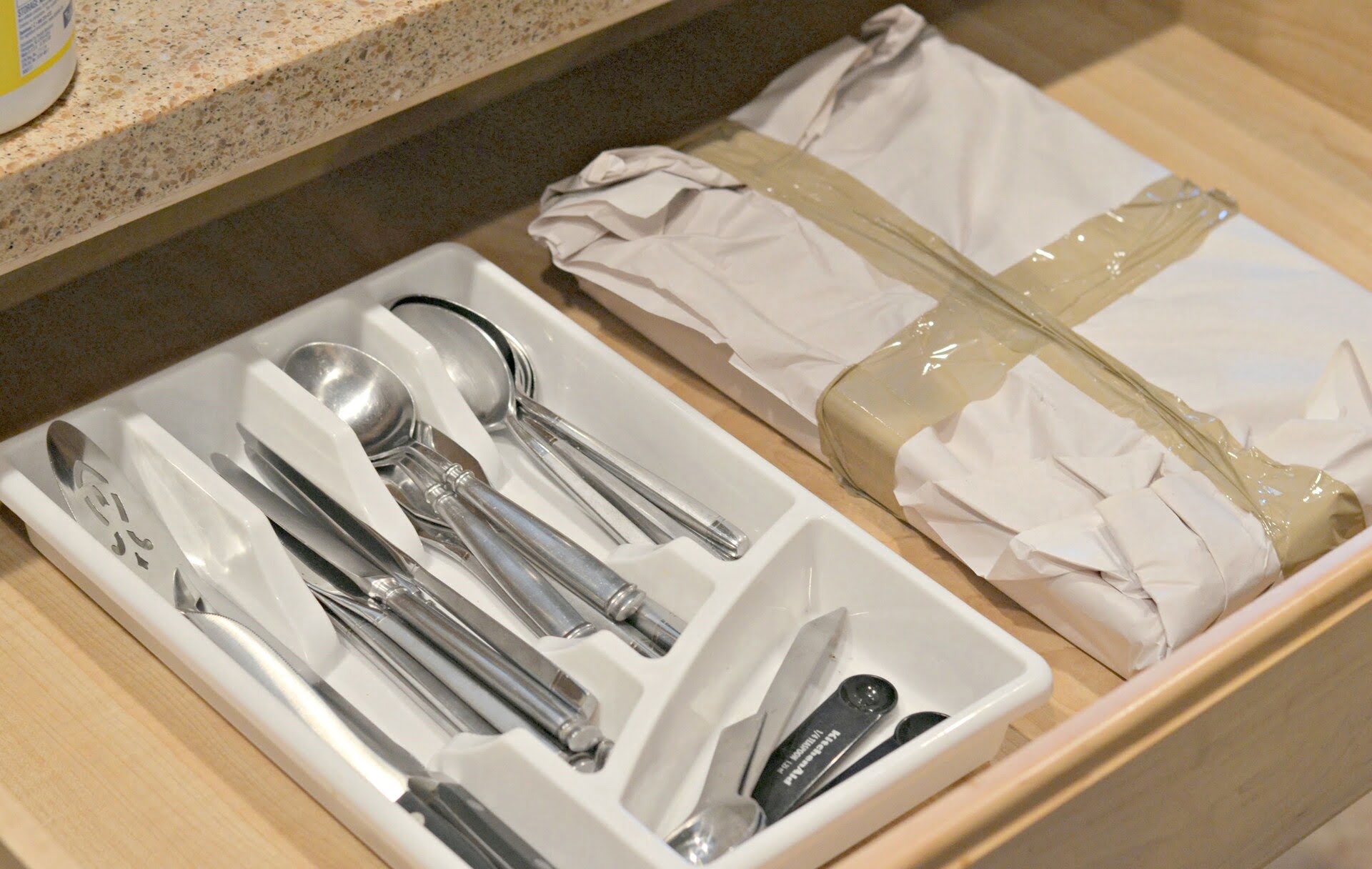

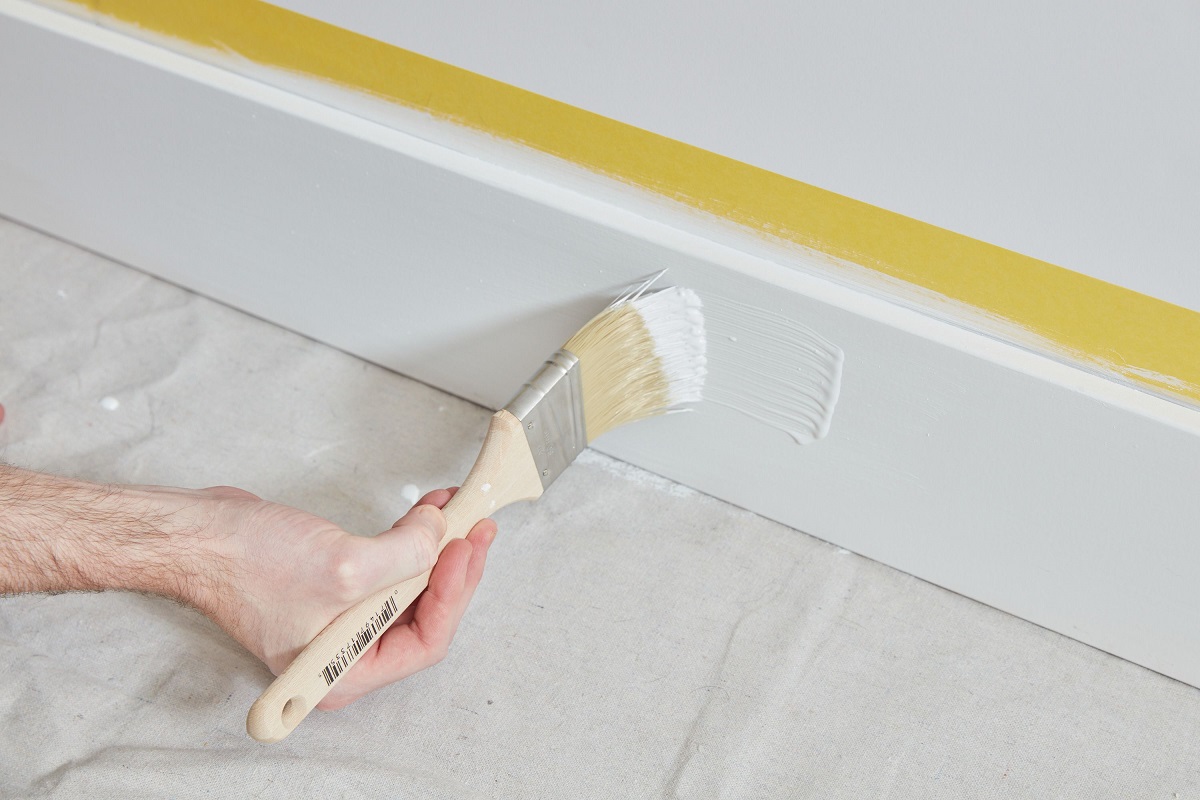
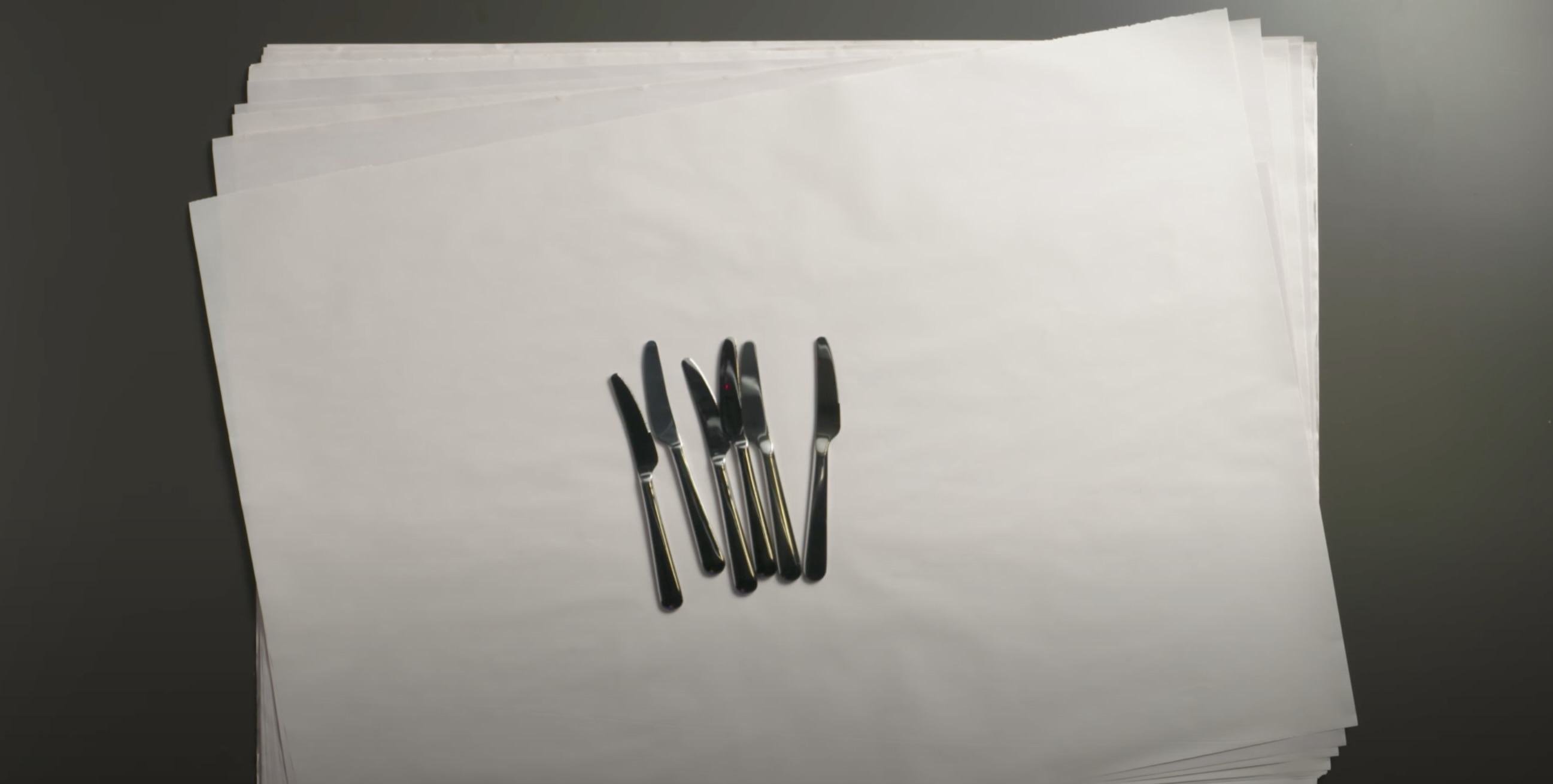
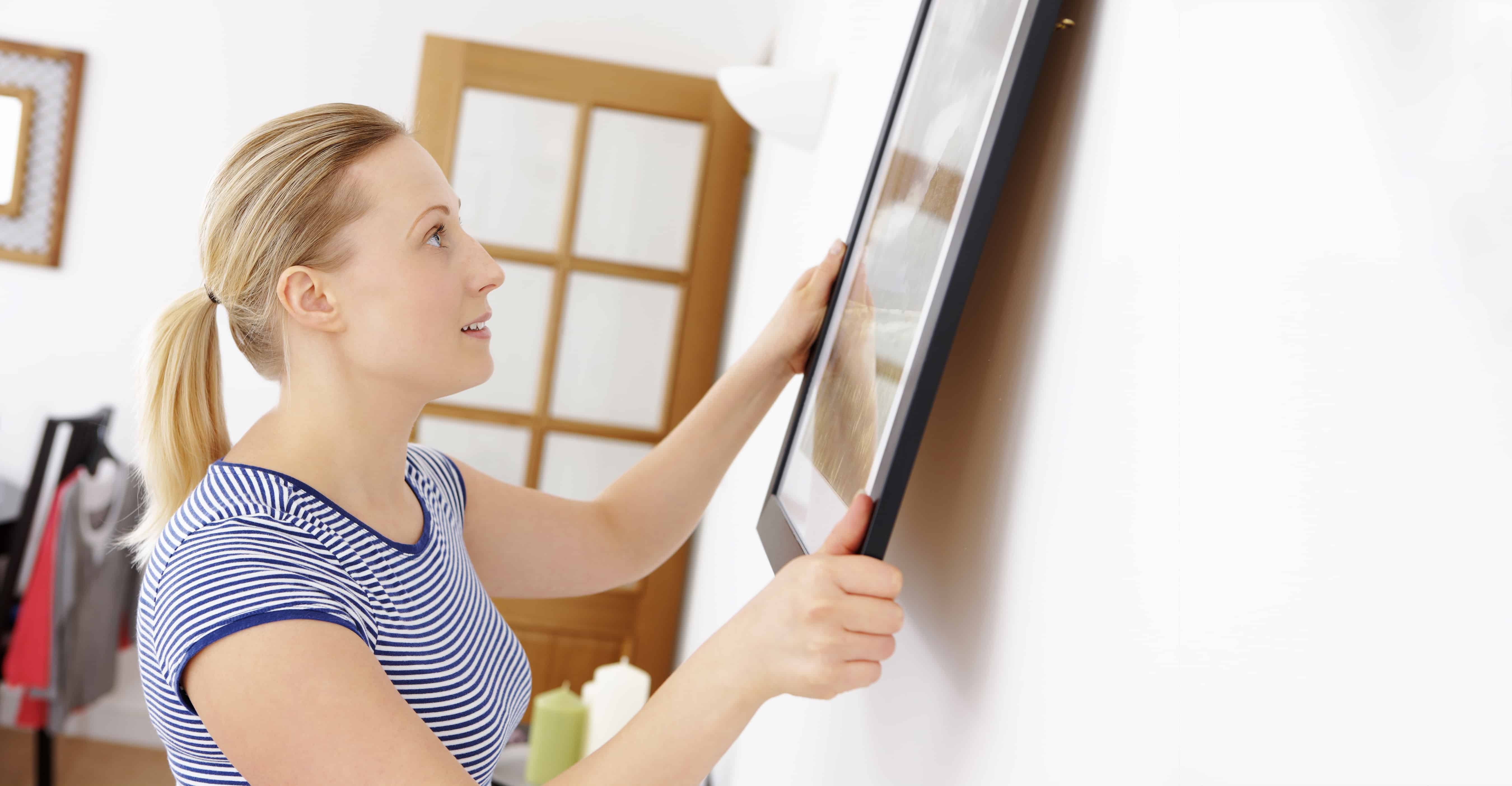
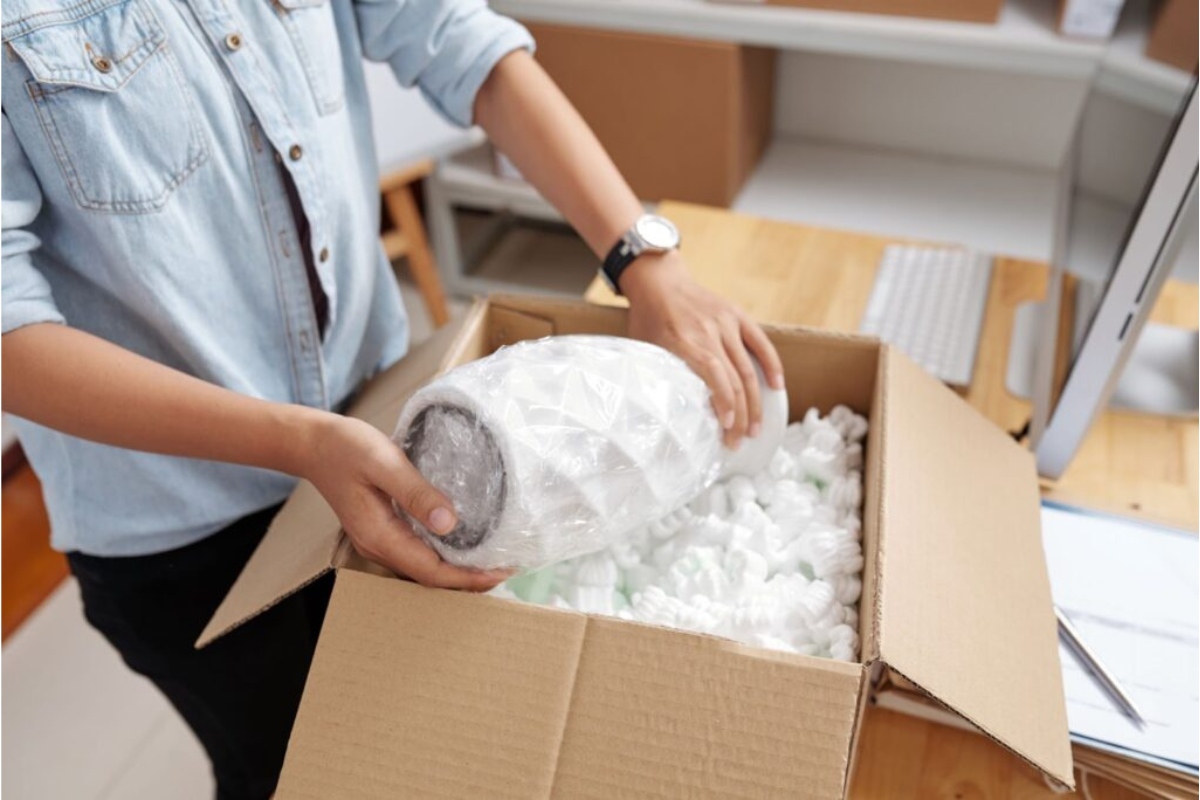
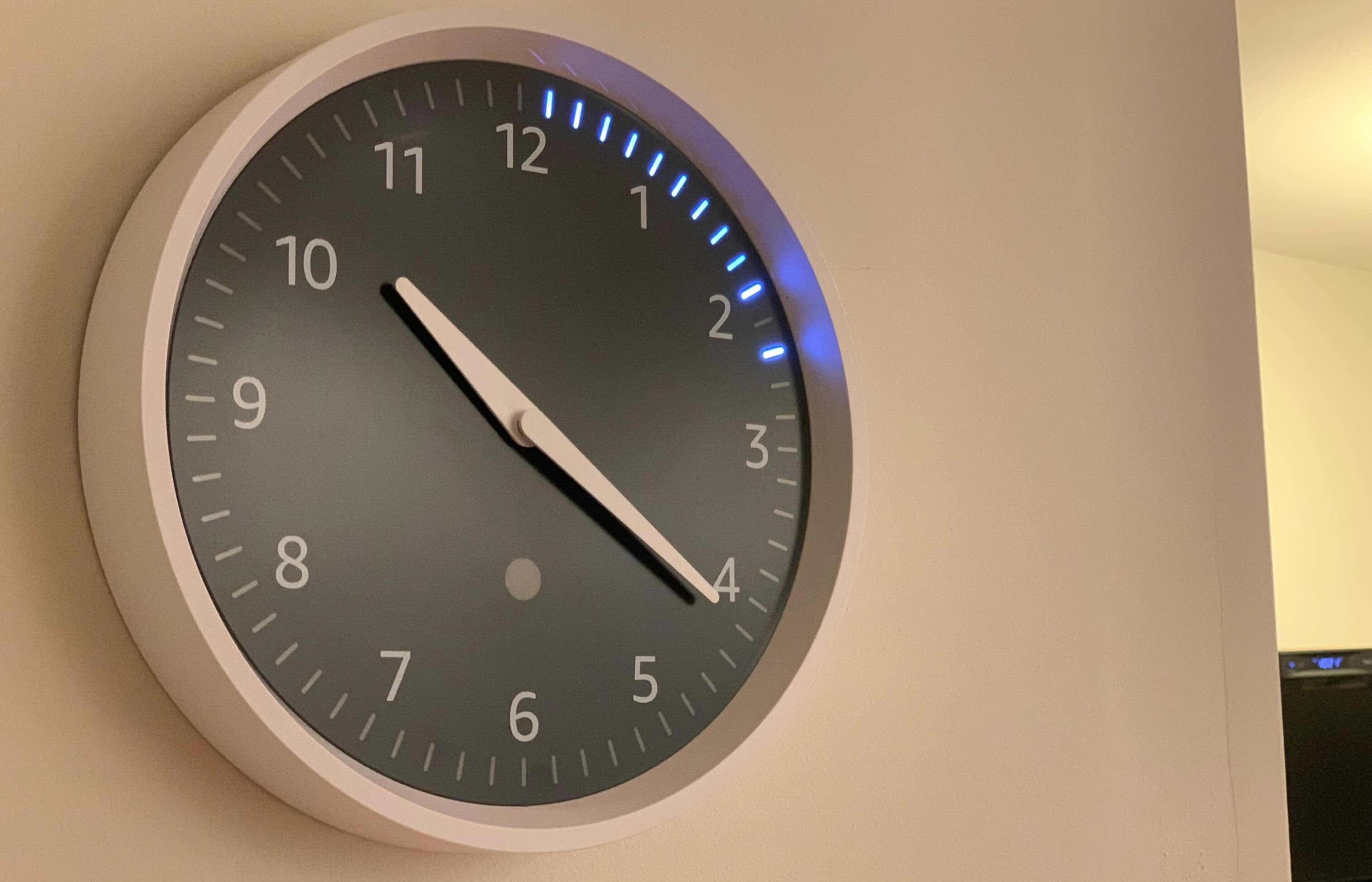
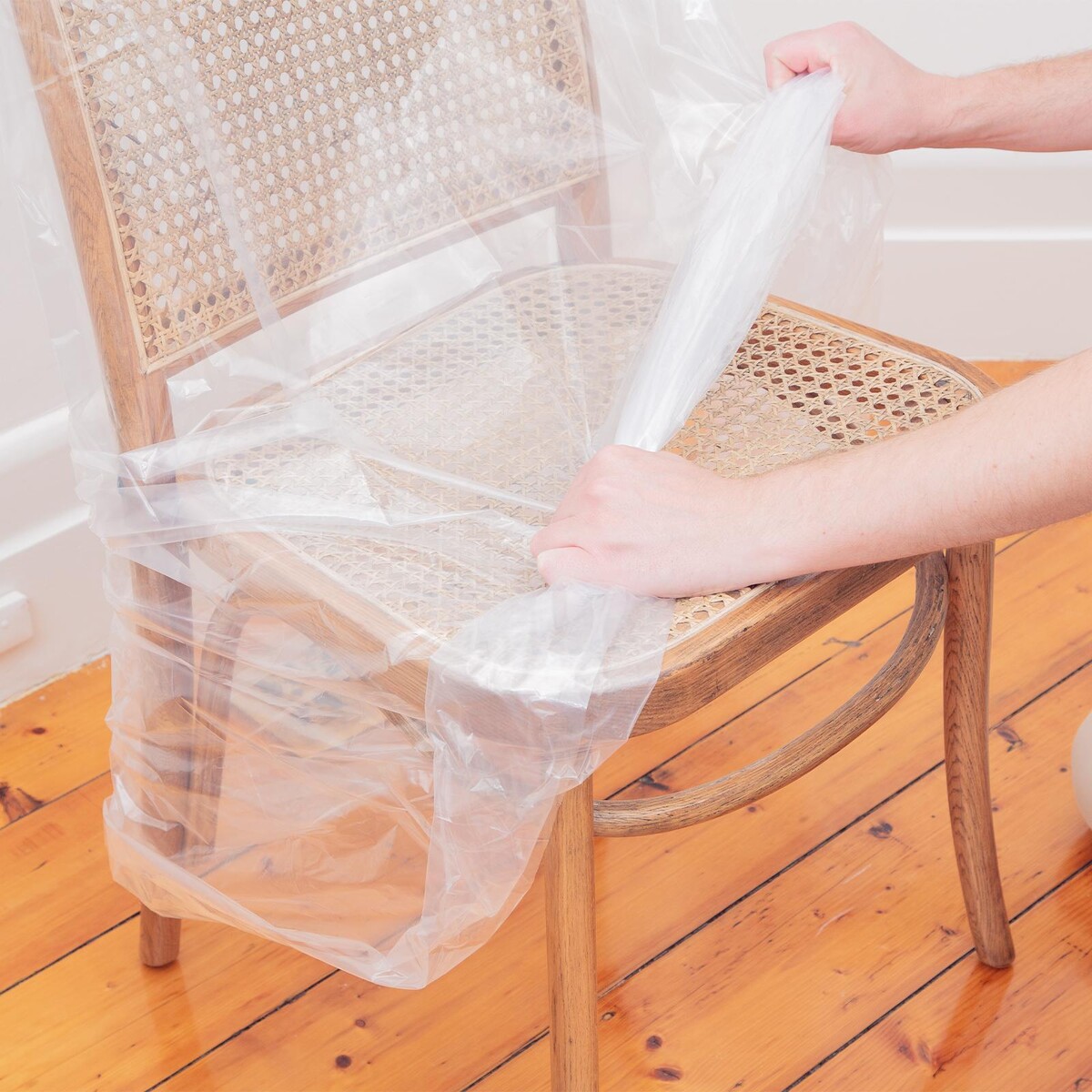


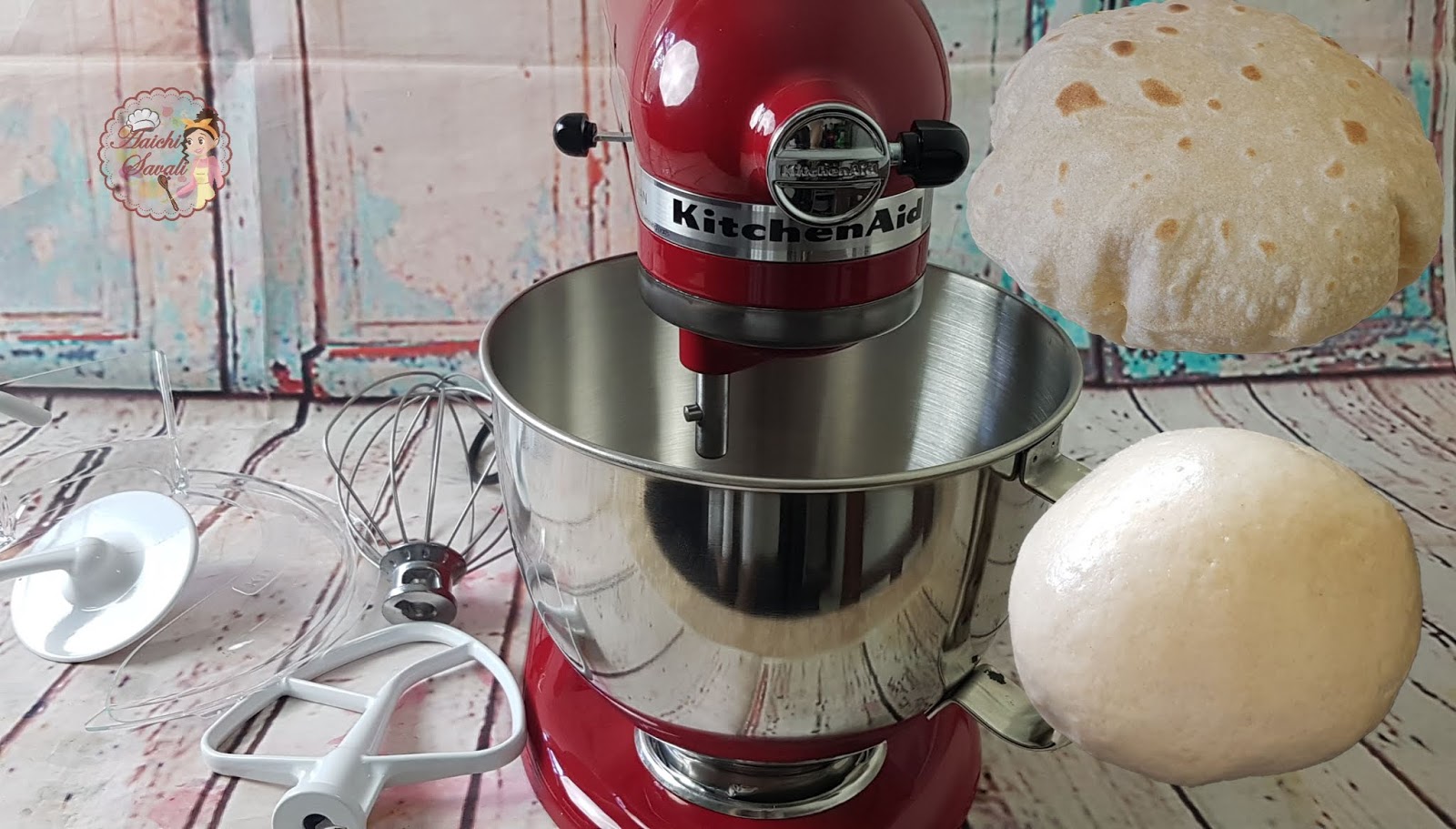


0 thoughts on “How To Pack For Your Next Move, According To A Professional Organizer”